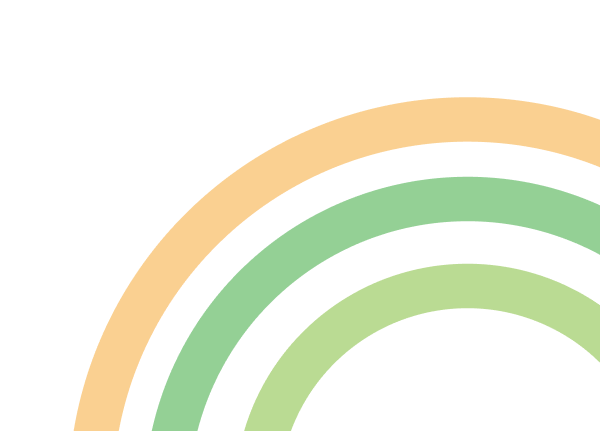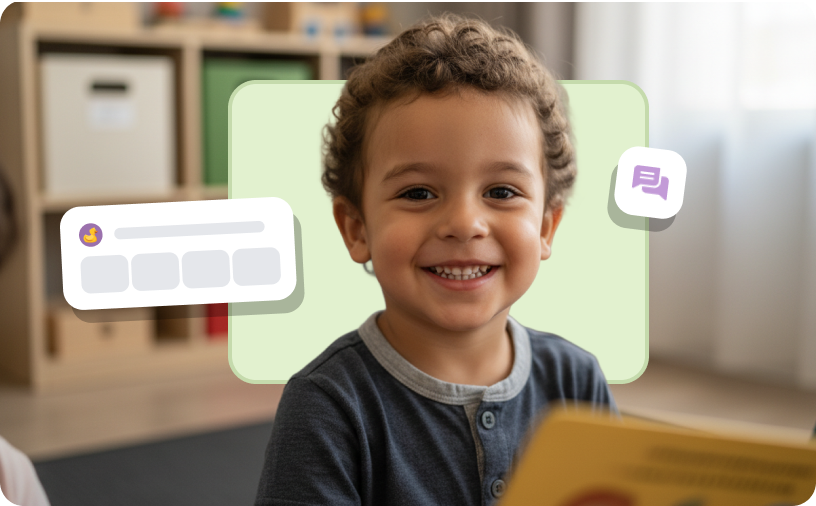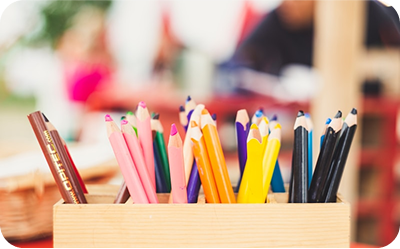In early childhood education, few processes are as vital — or as complex — as monitoring progress toward individualized education program (IEP) goals. Each child brings unique strengths, needs, and learning paths, making the IEP far more than a document; it’s a roadmap for meaningful growth. But that roadmap only leads to success when progress is actively tracked, instruction is adjusted as needed, and outcomes are communicated clearly with all stakeholders.
1. Why IEP goal-tracking matters
Under the Individuals with Disabilities Education Act (IDEA), every IEP must include how a child’s progress toward their annual goals will be measured — and when periodic reports will be provided.
In practice, effective tracking means:
- Having measurable goals that tie directly to a child’s present levels of performance, so meaningful growth can be observed and documented.
- Collecting data at defined intervals that inform whether the instructional design is working or needs adjustment.
- Engaging families and the broader team in shared understanding of progress and next steps.
2. The practical challenges in early childhood settings
Despite best intentions, IEP goal-tracking in early childhood can stumble for several reasons:
- Data overload: Early childhood educators collect rich anecdotal, observational, and assessment-based data; turning that into targeted progress monitoring can feel daunting.
- Varied formats: Some programs still use paper check-lists; others rely on spreadsheets or standalone systems. That fragmentation can reduce transparency.
- Communication gaps: Tracking is only one part of the equation — sharing meaningful progress with families and adjusting instruction accordingly is often the harder piece.
- Time pressures: In busy classrooms, dedicating focused time to progress monitoring can get deprioritized amidst daily care, instruction, and documentation.
Recognizing these barriers is the first step toward building smoother systems.
3. What strong IEP goal-tracking looks like
Here are key features of an effective goal-tracking workflow in early childhood programs:
- Measurable, aligned goals: Each goal clearly states baseline, target, measurement method, and timeframe. This transforms the goal from “Johnny will …” into “By [date], Johnny will [skill] with % accuracy or with no more than X prompts.”
- Regular data capture: Whether through weekly, bi-weekly, or monthly check-ins, consistent data points allow trending, not just snapshots.
- Efficient recording tools: Observations, anecdotal notes, check-lists, rubrics—but all should feed into a functional system that’s accessible and actionable.
- Data-driven decision making: Rather than waiting until a formal review, the teacher or team uses data to decide if instructional strategies are working — and if not, adjusts mid-course.
- Transparent communication with families: Families understand what the goal is, what progress looks like, and how they can partner in supporting it at home.
When these elements are in place, tracking becomes a driver of instruction rather than an afterthought.

4. How Kaymbu supports IEP goal-tracking
At Kaymbu, we’ve intentionally built features that align with the workflow just described — with the aim of making the tracking process smoother, more integrated, and more transparent.
Key ways the platform supports IEP goal-tracking include:
- Custom Tags: Educators can create tags for IEP goals (or link to existing ones) and attach them to observable moments. This helps organize documentation by goal.
- IEP/IFSP and funding workflows: When a student has an IEP, the student profile settings help ensure that data relevant for special education tracking (e.g., COS scores, OSEP child outcomes) are enabled.
- Family engagement: Because progress is more meaningful when families are included, the system supports sharing documentation and insights in family-friendly terms.
- Professional development & support: Implementation matters. We’ve built in training, support and resources so that teams can use the system with fidelity.
5. Five questions to ask your team this week
As a small self-audit, consider these questions — they can help your program move from tracking as an after-thought to tracking as a driver of student growth:
- Are all of our IEP goals written in measurable terms (baseline, target, method, timeframe)?
- Do we have an efficient system for collecting data on each goal at defined intervals (not just at annual review)?
- Can educators, administrators, and service providers access goal-related data easily (and in one place) rather than through scattered spreadsheets or paper check-lists?
- Are families aware of the goal(s), the progress to date, and ways they can support at home?
- Do we review goal-tracking data together as a team (teacher + specialist + family) and adjust instruction/intervention when data indicate minimal progress?







